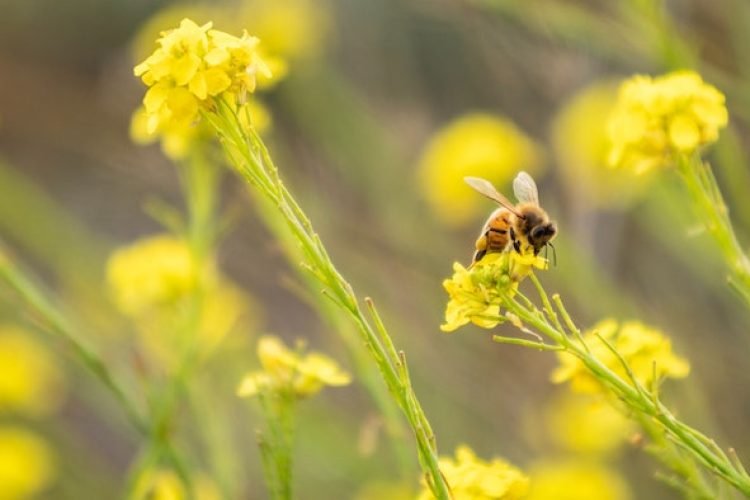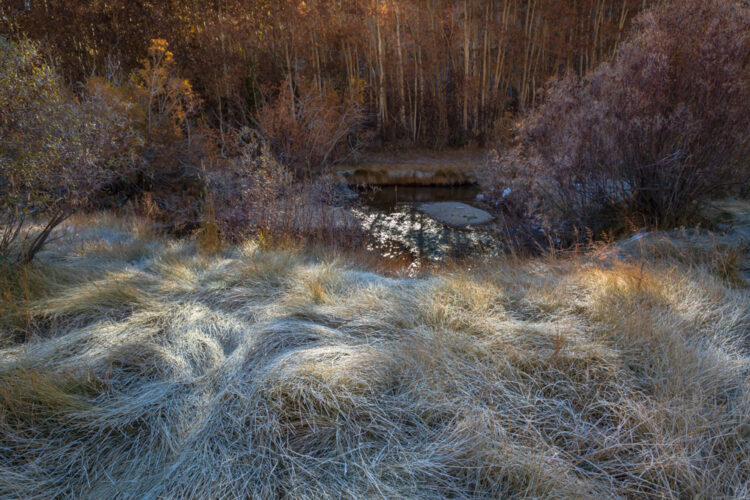Ecological Principles of Permaculture
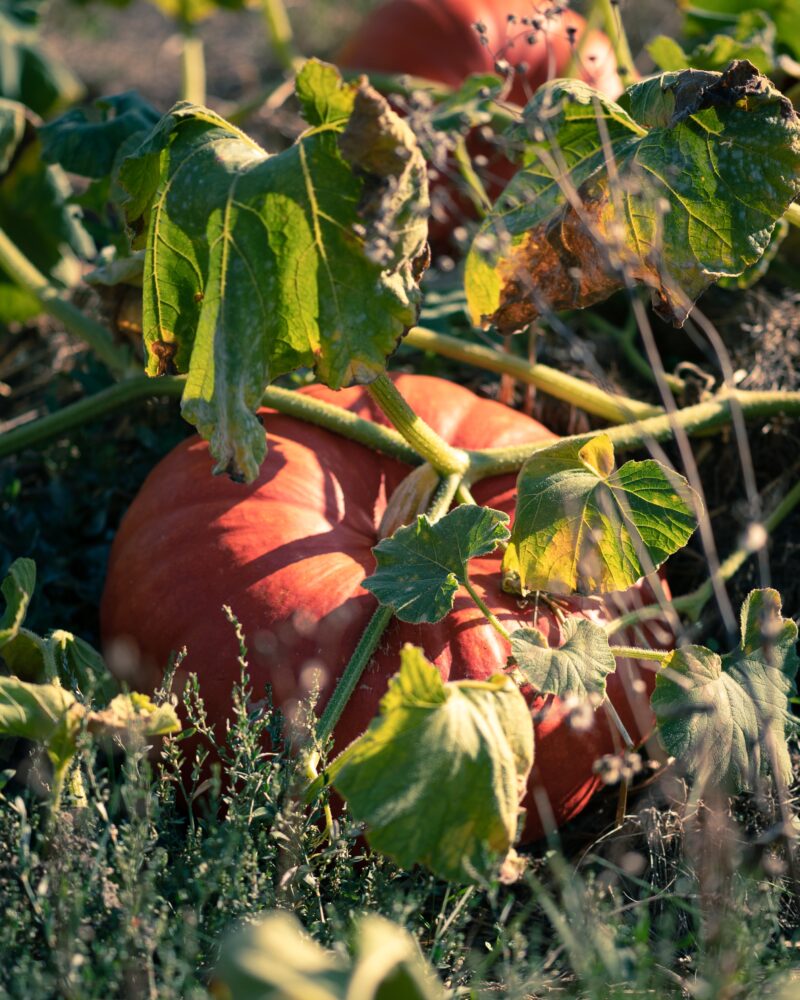
Three important ecological principles of permaculture are
- The role that each organism plays, the niche it occupies;
- Understanding succession in natural ecosystems and using it to heal the soil and bring forth both annual and perennial crops;
- Including as much diversity in the garden space as possible, both of plants and of insects/small animals.
Some useful ways of applying these principles are the polyculture garden, fruit tree guilds, and forest gardens.
In a polyculture garden, we’re designing plant combinations that create mutually beneficial relationships among the different plants. We know of the Native American “three sisters” combination that brings corn, beans, and squash together to mutually support each others’ growing. Corn serves as a tall support, beans provide nitrogen to the soil, and squash shades out weeds and retains moisture. The opposite of industrial farms monocultures is an interweaving of many kinds of plants that best support each other and attract a helpful insect population.

A fruit tree guild, like a medieval craftsperson’s guild, is planting, under and among fruit trees, plants that will provide food, suppress weeds, add nutrients to the soil, and attract the insects you want. Many plants can act as living mulches, nitrogen fixers, and “dynamic accumulators”—those plants that reach down far into the soil and bring back up minerals to more shallowly rooted plants. Common “weeds” like dandelion, chicory, and lamb’s quarters (which are nutritious early spring greens) are great at this.
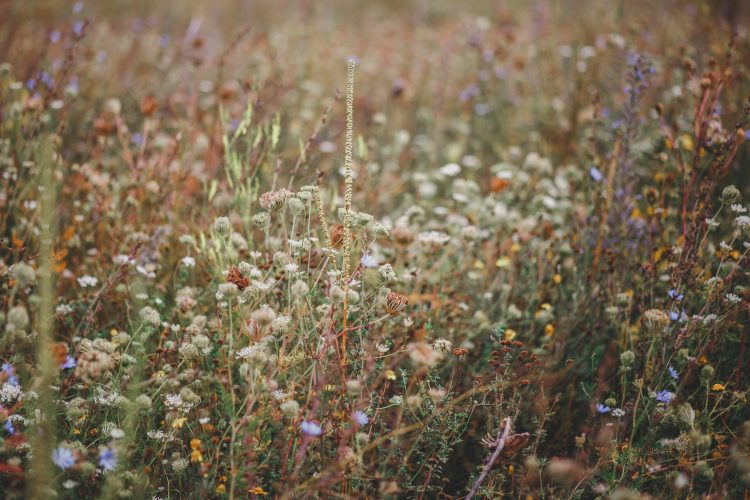
A forest garden expands the idea of fruit tree guild to a seven-layer structure:
- Tall canopy trees (fruit and nut)
- Small fruit trees
- Fruiting shrubs
- Perennial and annual food plants
- Ground cover herbs
- Vines
- Edible roots (and possibly a thoughtful 8th layer of fungi.)
This is a system which works with great care, because too much shading can stop lower growth.
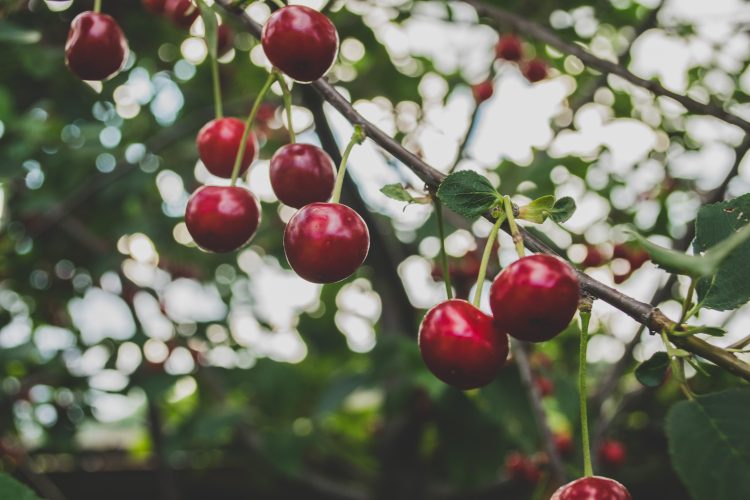
Remember that permaculture is about diversity and interaction. Pollinator-attracting flowers are interspersed with vegetables and fruit. Many of them are chosen because they also attract insects that are predators of the insects you don’t want in your garden. You won’t see many straight lines of crops in a forest garden. Circular plantings assist with water conservation and unwanted-insect control. Two design techniques are zones and sectors. Close to the home is the first circular zone of herbs and other frequently used food production items. As you go further from the home, you reach the larger garden and finally your semi-wild woodland, possibly wild conservation land. The sectors might be the four directions: north with its greater cold winds, south with its greater warmth, and so on. Or your sectors might include a neighbor with some needs to be noticed, or a resource, such as water coming down a hillside. Each part of the garden has its own microclimate. On a south wall, especially if there is rock, life will be hot. Very large trees will create strong shade.
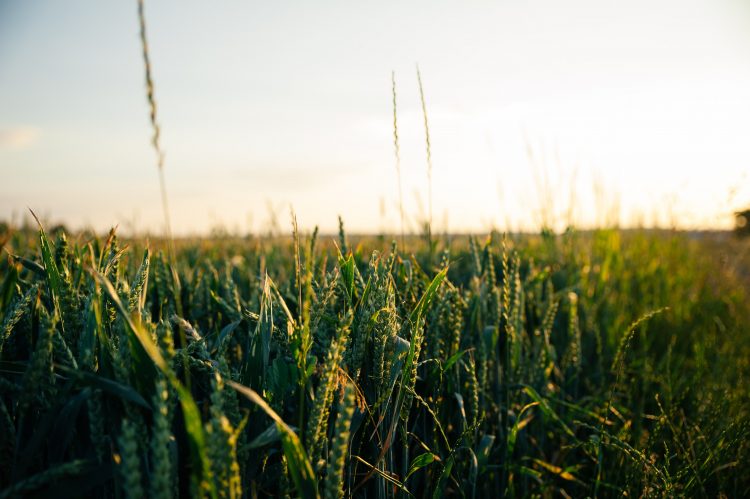
![Photo by Kathy Barnhart. She writes, “Chinese Houses, California Poppies, Lupines, Tidy Tips amidst the oak trees make such a wonderful palette. This area in Shell Ridge Open Space Preserve [CA] is tended by a large group of volunteers, encouraging native flowers and plants and weeding out invasives. What a gift they have given to all!”](https://quakerearthcare.org/wp-content/uploads/dynamic/2022/05/Native-California-Flowers-by-Kathy-Barnhart-750x500-c-default.jpg)
